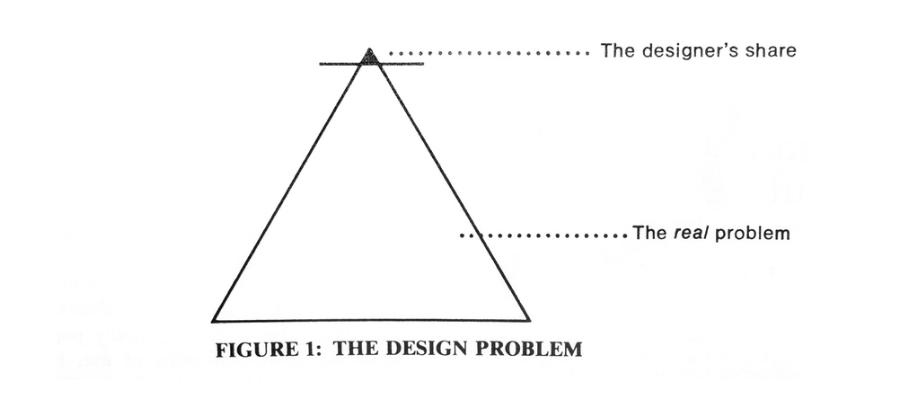why is it that we’re not focusing on those movements as the source of our strength and our organizing? It’s because we have a discourse framed around elite policy institutions that make them the primary actors and the coordination of mostly market mechanisms
for - climate crisis - climate communications - large social movements fizzle out - first framing element - elite policy institutions and businesses are seen as the primary actors - Joe Brewer
